blog
Interview with photographer flannery o’kafka
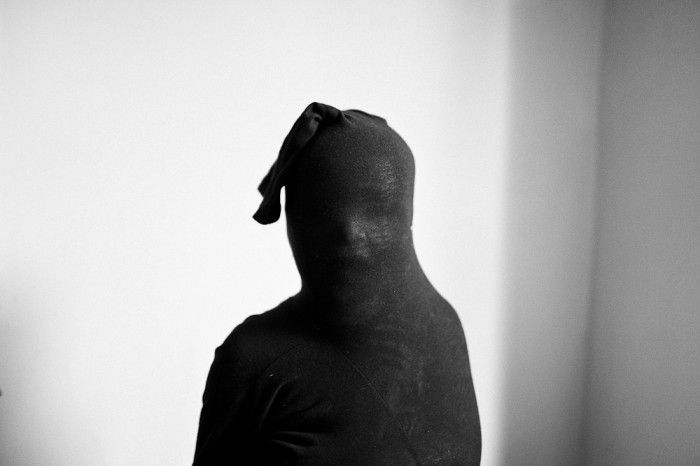
The day she wore my leggings as a mask
F-Stop Magazine: How did you first become involved in photography and what led to you working in this medium as an artist?
flannery o’kafka: Once upon a time, in 1993, I took a high school journalism class. That year, my parents gave me a TV for Christmas and I traded it in for a Pentax 2000 (which I still shoot with today). I only occasionally used my camera for the next 15 years and picked it up again after a long spell of illness in March 2011. I then started posting online in a daily confessional photo diary. I began by documenting our family life and the things we were all making with a point-and-shoot digital camera. By January of 2012, I was shooting editorial work and having my first exhibition. In June of 2012, an Italian newspaper stole and printed one of my photos, so I asked them for a ridiculous amount of money—and bought a good camera and lens. Since that time, I’ve worked steadily showing work both in the UK and the United States. My iphone camera & Instagram serve as a sort of sketchbook, I shoot mostly with a digital camera, and I also work on dedicated film projects. I really just have an all-consuming need to make images and photography allows me to do that on a daily basis.
F-Stop: How did the project “I would kill for you: a study in maternal ferocity” come about?
fo: It really began as an emotional-theory study into my own (sometimes manic) protective feelings and fears about my children…that feeling that as a mother, I could rip someone’s head off with my bare hands to save my child. I started reading about women who had tapped into super-human strength when their children were threatened. For this project, I decided to focus on portraits of my two youngest children, being the most vulnerable. Unfortunately, whilst working on the series, I was given something to be truly fierce about. Through the power of the internet and the evil in the heart of mankind, we became victims of The Creeps (who like to distribute photos of children on dodgy internet forums). Like the devil-lion of The Bible, they roam around the world wide web, seeking whom they may devour. Because of the anonymity of the digital age, I cannot break their teeth, and though I desperately tried, I was completely helpless. So I would kill for you: a study in maternal ferocity entered a second phase post-creeps. The diptychs changed around, and the narratives of the images changed as I began to consider the fact that I would kill for my kids but I couldn’t when my enemy was invisible. The work started to take on a lot of Biblical imagery as I began to look at my own helplessness and look to an ultimate justice and an ultimate protection.

St. Hugo appears to many in Cicero, IN
F-Stop: Can you discuss your process for making these images? Do you make them as a moment arises in your day to day life or do you plan for or set up scenes or situations to photograph?
fo: All of these images were made in the course of our daily lives. They were shot at my desk, in our garden, from the car, in the bath, on a train, in the kitchen, in the city, and in the Highlands. A few times I might have said to the children ‘stay there while I grab my camera,’ but I generally have it on hand.
F-Stop: How do you choose what to photograph, what are you looking to capture?
fo: For this series, it was a bit more about what I was feeling at the moment I took each photo. If it’s possible, I was somehow trying to pour all of my protection and relationship into a photograph. This is one of the things I find so amazing about photographing the everyday lives of children. There are so many moments of transcendence, darkness, and extremity that a camera can isolate. I’m not interested in innocence; I’m interested in redemption and relationship.
When I put the images together into diptychs, I began to illustrate real and fictional narratives. Again, I was ultimately trying to capture how I felt at the time when the happening happened.
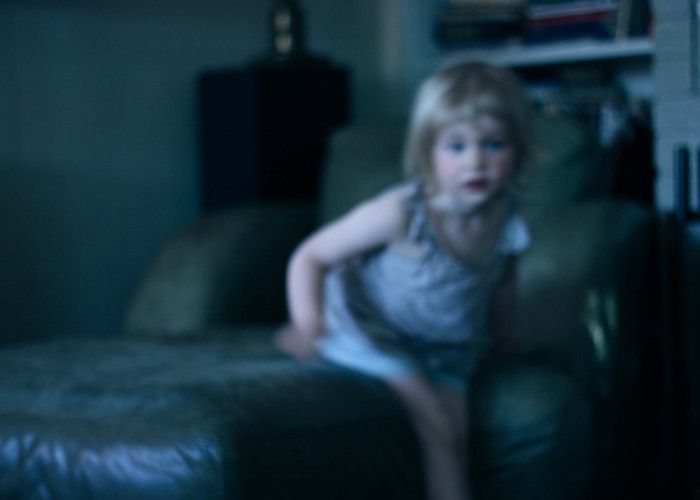
Franklin, Indiana
F-Stop: What do you want people to experience or think about when they look at these photographs?
fo: I mostly hope that people will be able to find some way into it—to relate to the work either as a parent or a child of parents. On my end, I’m communicating some of my dearest, deepest, and darkest thoughts—though I’m not into self-expression for self-expression’s sake. I’m mostly an extrovert. I’m usually talking to someone. So I just hope someone is listening and understanding—even a little.
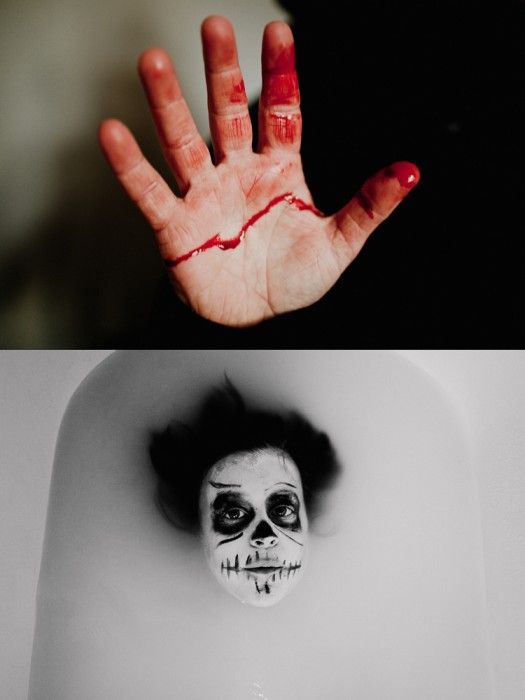
The day of Rodrigo’s Baptism
F-Stop: Do you have a favorite image in the series? If so, which one and why is it the image that stands out to you most?
fo: I think my favourite is The Day of Rodrigo’s Baptism. The day I took the bottom photograph (my son with face-paint in the bath), our friend’s son had been baptized and there was a party afterwards where Hugo had his face painted as a skull. After I took the photo, I could hear him and his little sister playing ‘baptism’ in the bath ‘IN THE NAME OF THE HOLY SPIRIT!’ and dunking each other under the water. I was struck with the dark comedy of it all—the facepaint being such a physical picture of the death and burial that baptism symbolizes. The photo on the top of the diptych is his father’s hand, bleeding from loading the car with rubbish for the dump. Together, they form a salvation/baptism story and though at first glance might look horrific, there is an ultimate narrative of protection and sacrifice.
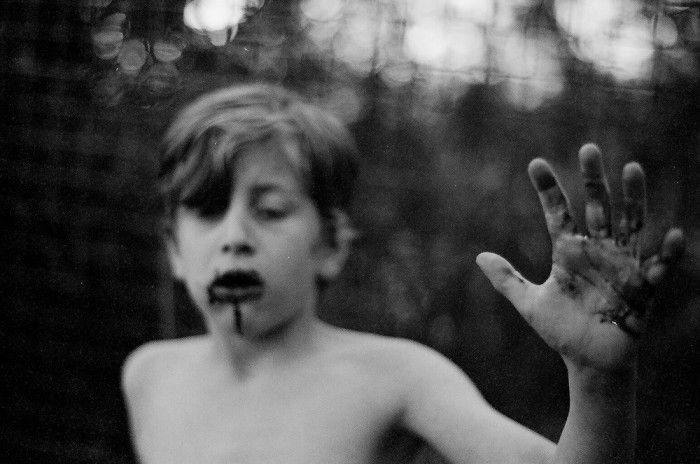
Brambles
F-Stop: Are you working on any other projects currently?
fo: I’ve just finished a small collaborative book with 3 other mother-photographers which is a study in White– the first project of The Mothering Sunday Collective. It’s sort of become the bridge to my next work which is mainly about teeth and my recurring dreams about losing mine. I’ve been collecting teeth and casts for a year now.
I’m also in talks about continuing collaboration at Glasgow’s Gallery of Modern Art with Annette Reilly-Drummond and partially-sighted children—photographing during art workshops.
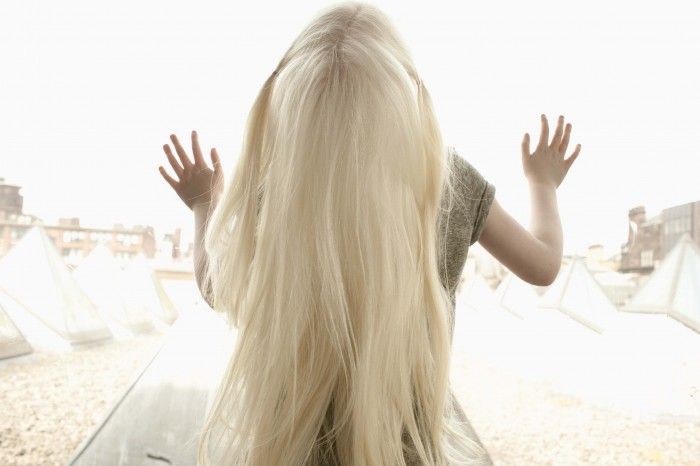
Photogen and Nycteris
F-Stop: What photographers or other artists inspire you?
fo: For the past few years, it’s been Ralph Eugene Meatyard, Richard Billingham (I occasionally write fan e-mails to him), Truman Capote, David Peat’s photos of children on the streets of Glasgow, Johnny Cash, Nick Cave (the musician not the artist– I was privileged to photograph him live in 2013 which was terrifying and amazing), James Guthrie (painter), Arthur Tress’s work with children, Colin Gray’s Parents series, Nick Waplington’s early photographic work, Tessa Farmer, and of course Flannery O’Connor and Franz Kafka.
Location: Online Type: Featured Photographer, Interview
Events by Location
Post Categories
Tags
- Abstract
- Alternative process
- Architecture
- Artist Talk
- artistic residency
- Biennial
- Black and White
- Book Fair
- Car culture
- Charity
- Childhood
- Children
- Cities
- Collaboration
- Community
- Cyanotype
- Documentary
- Environment
- Event
- Exhibition
- Faith
- Family
- Fashion
- Festival
- Film Review
- Food
- Friendship
- FStop20th
- Gender
- Gun Culture
- Habitat
- Hom
- home
- journal
- Landscapes
- Lecture
- Love
- Masculinity
- Mental Health
- Migration
- Museums
- Music
- Nature
- Night
- nuclear
- p
- photographic residency
- Photomontage
- Plants
- Podcast
- Portraits
- Prairies
- Religion
- River
- Still Life
- Street Photography
- Tourism
- UFO
- Water
- Zine

Leave a Reply